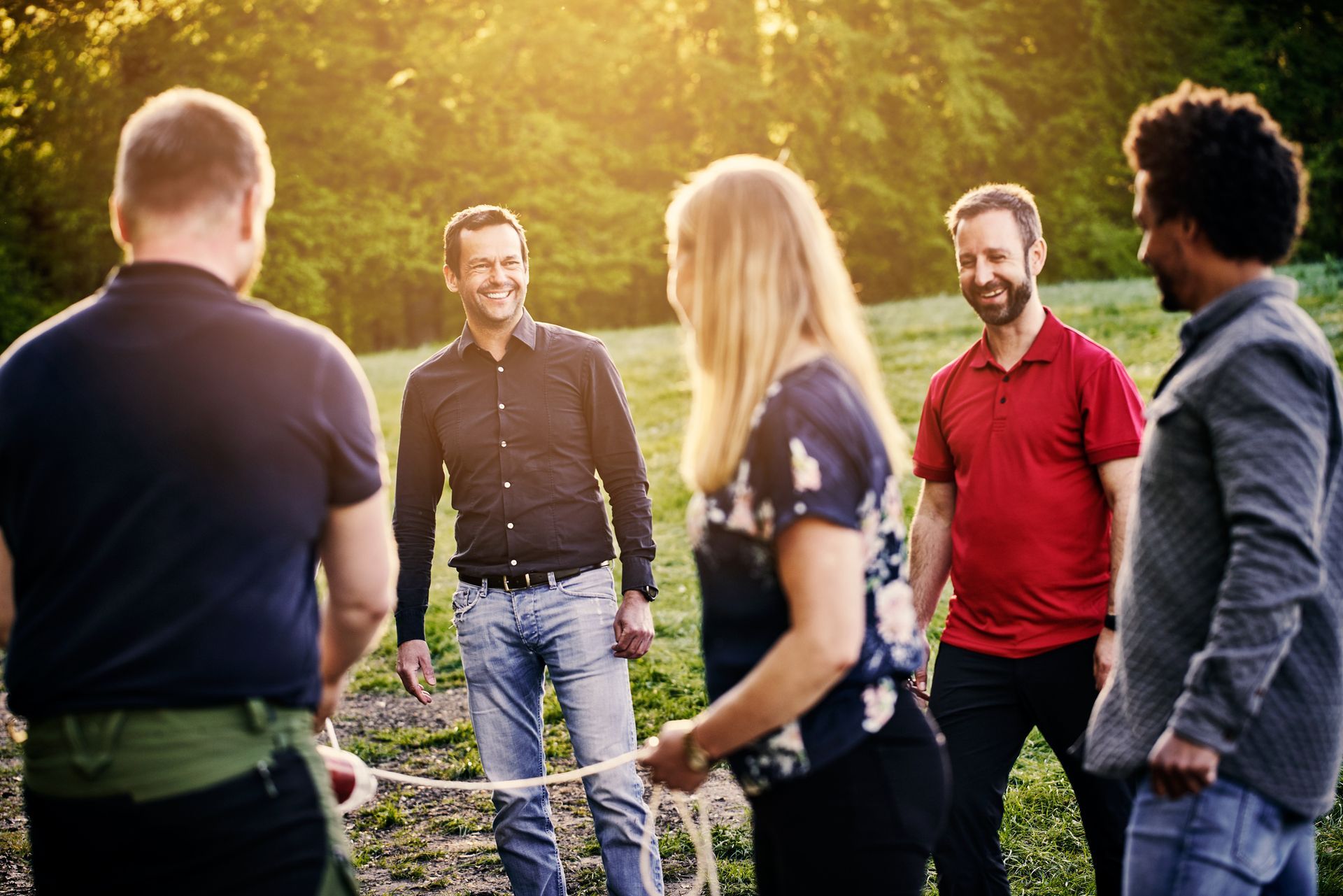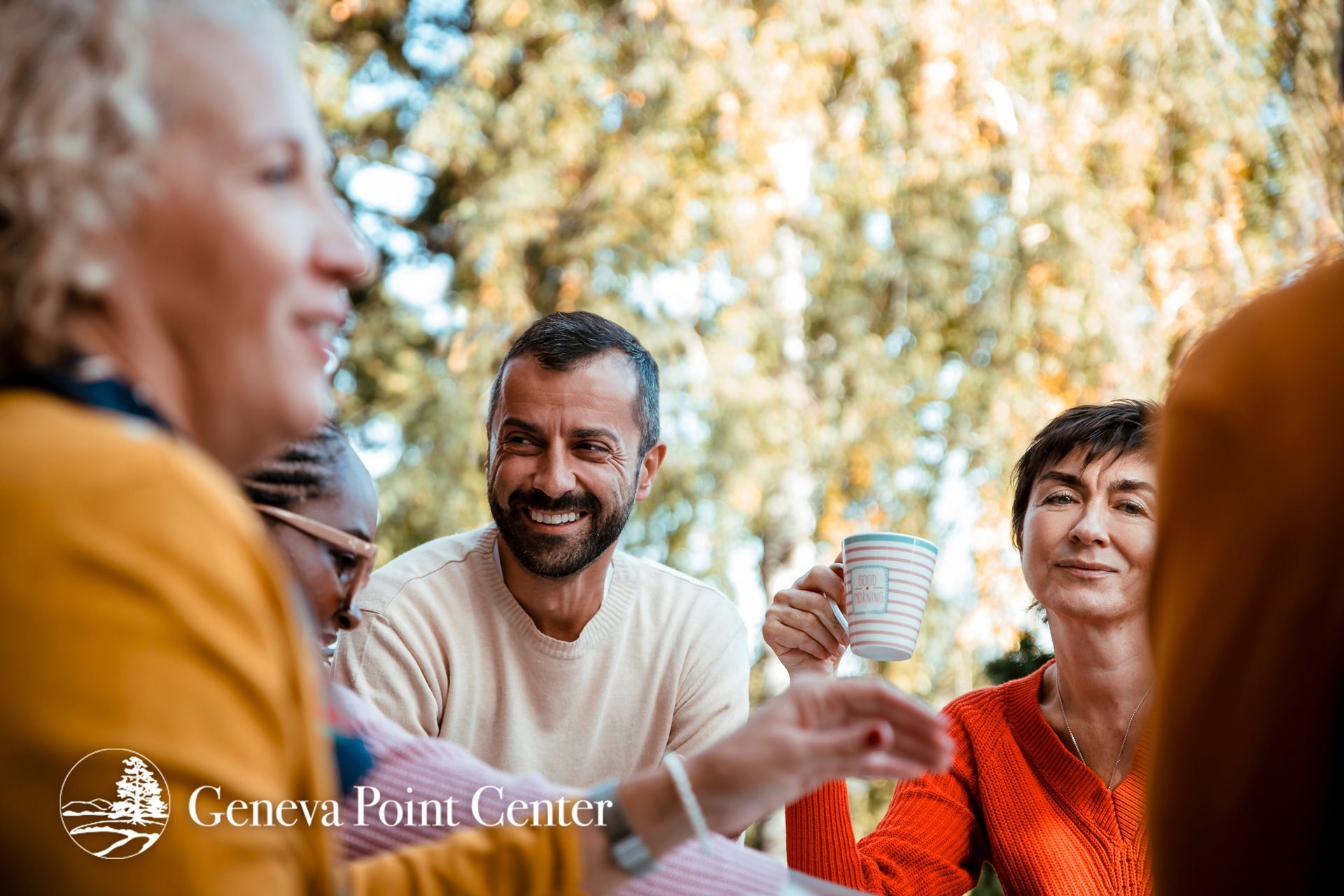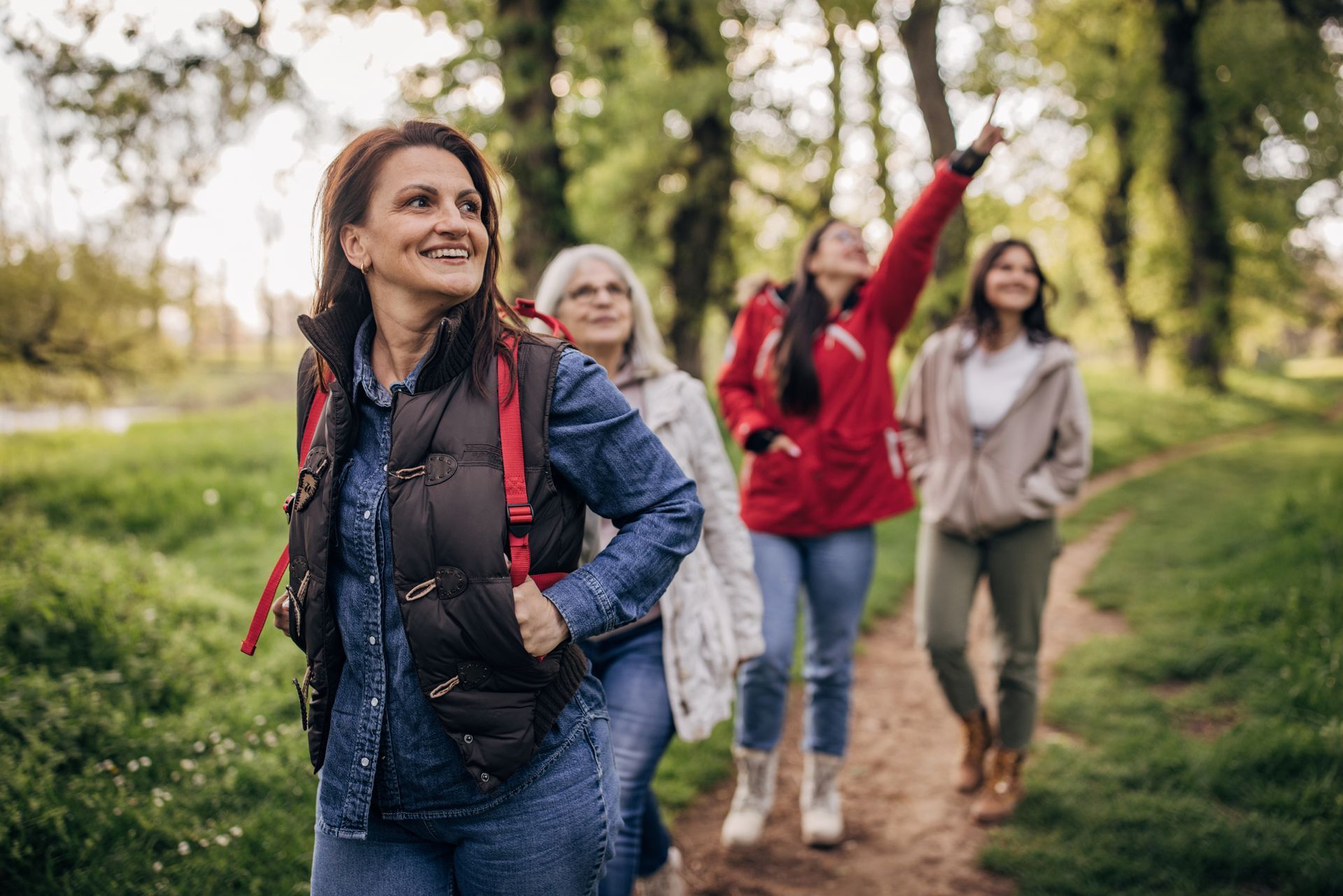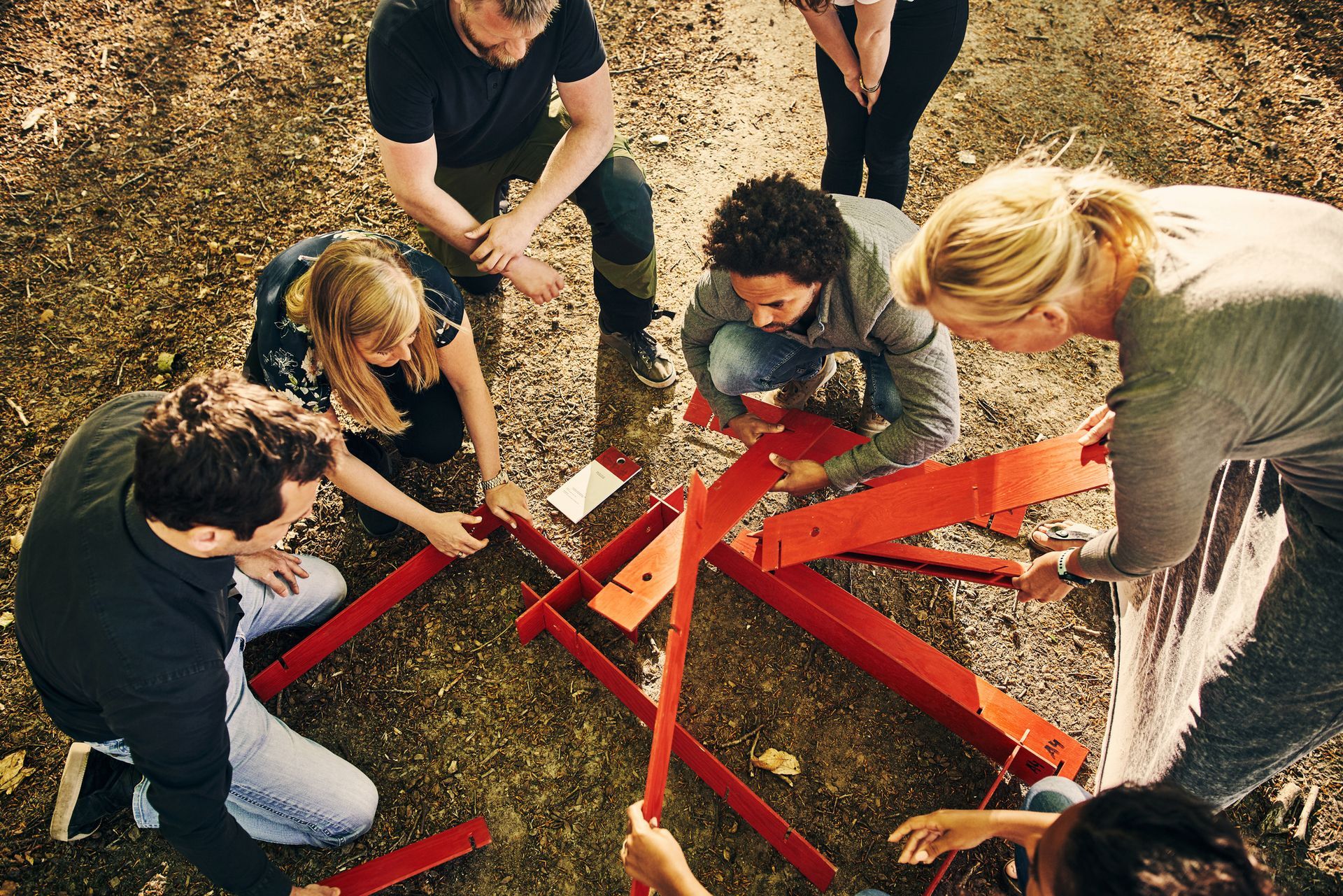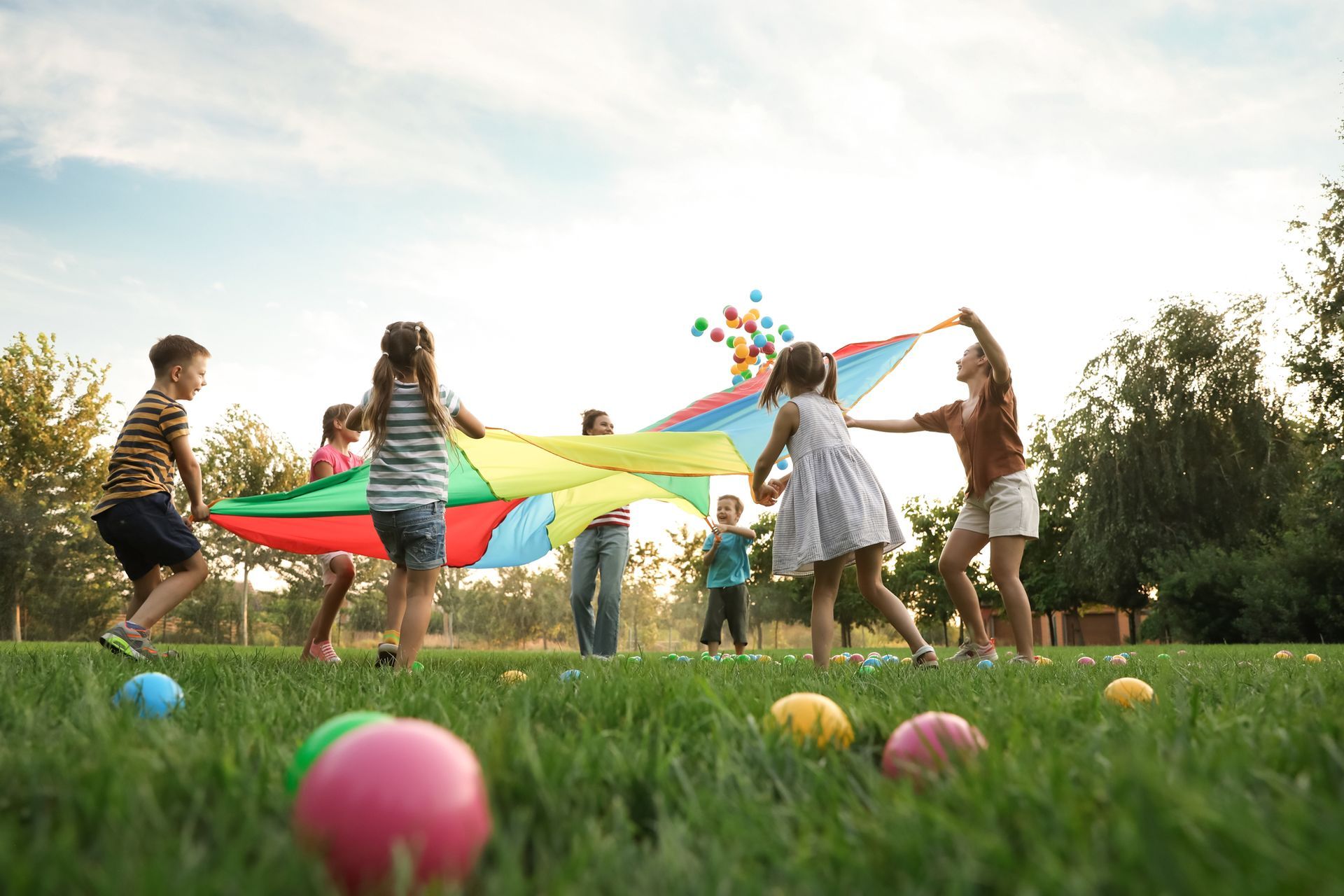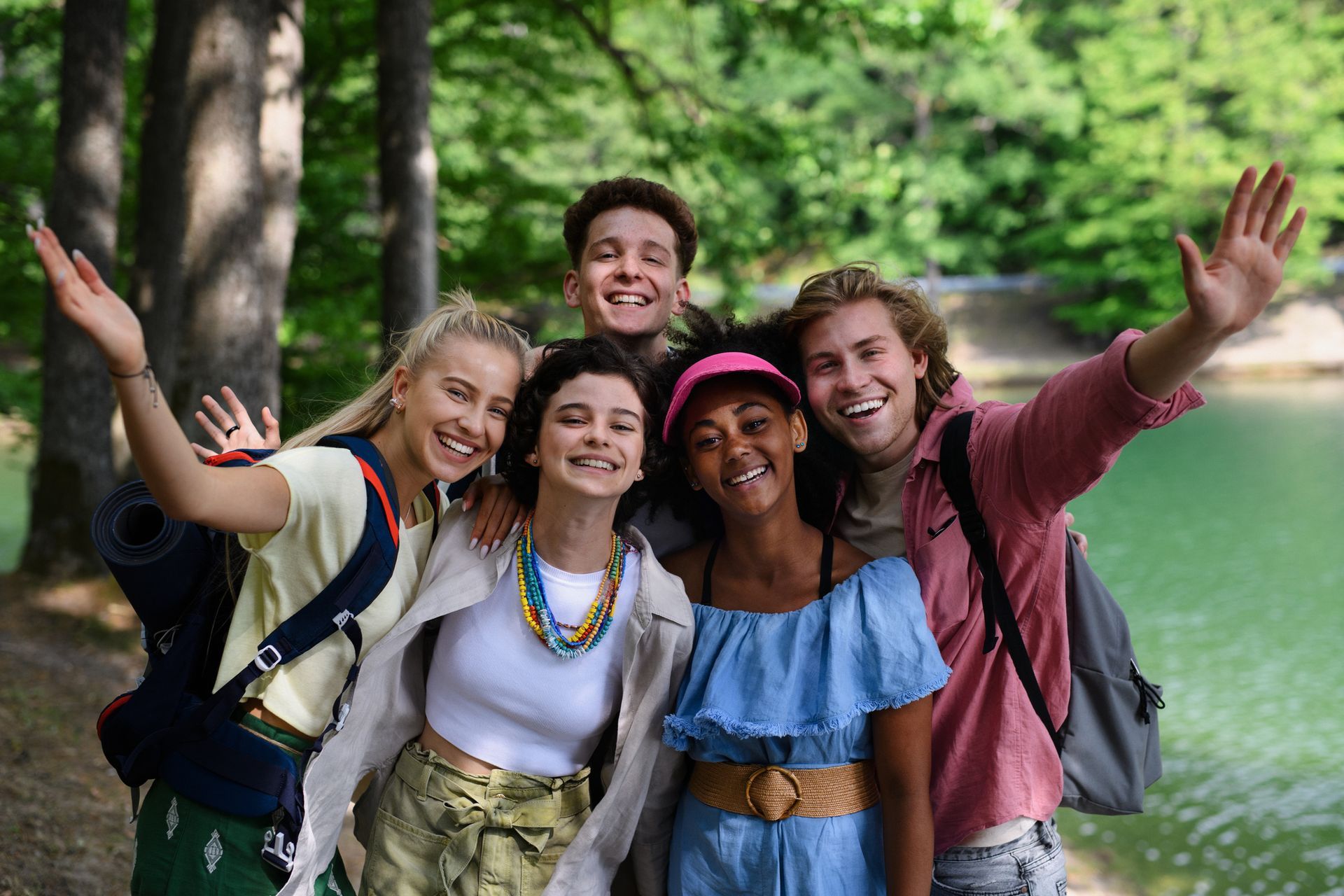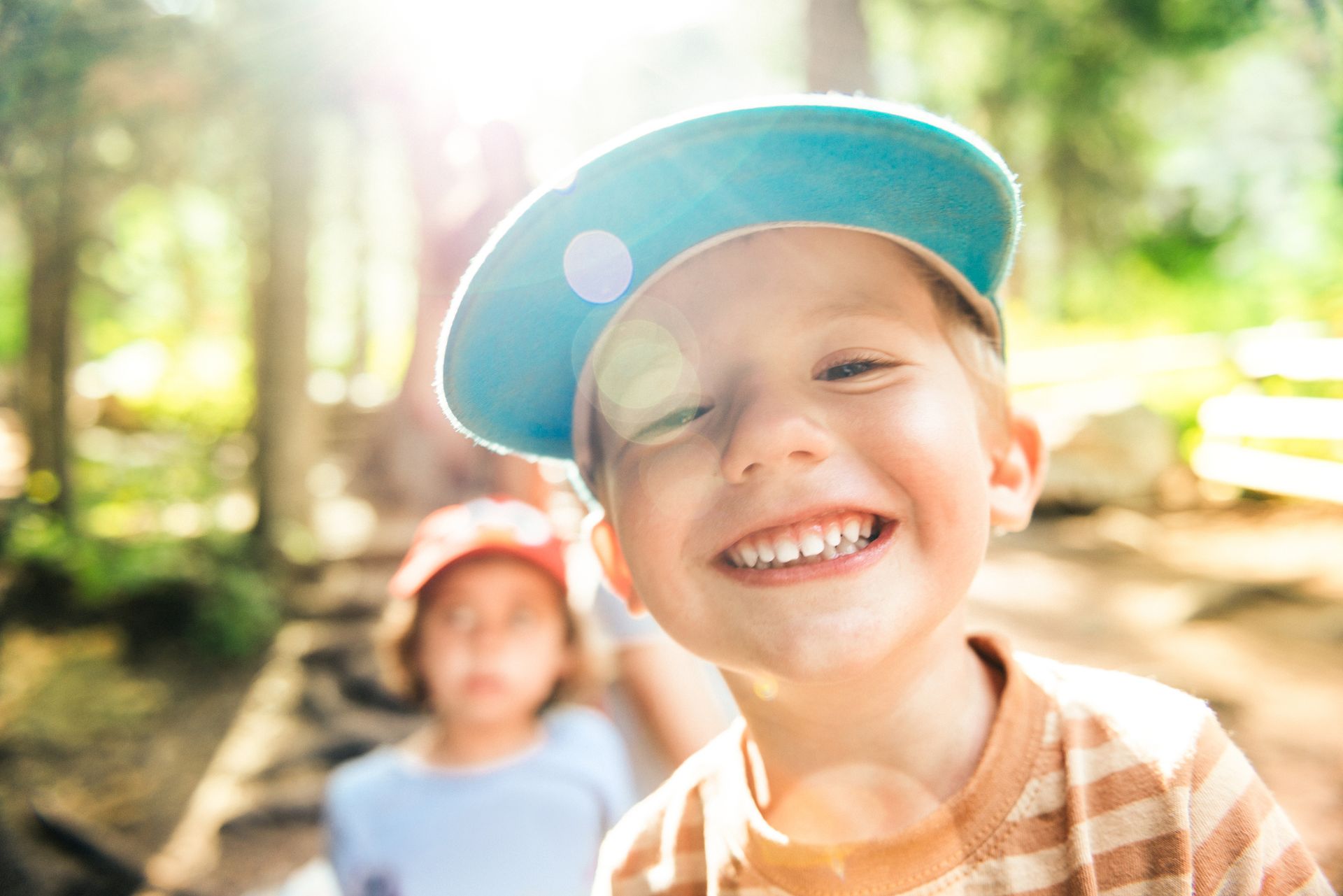The Complete Guide to Outdoor Classrooms: Transforming Education Through Nature-Based Learning
Did you know that students in outdoor learning environments require 50% fewer attention redirections compared to traditional indoor settings? As today's children spend an average of 5-7 hours daily on screens, educators and parents are increasingly recognizing the transformative power of outdoor classrooms to reconnect students with the natural world while delivering exceptional educational outcomes.
An outdoor classroom represents more than just moving lessons outside—it's a fundamental shift in how we approach education, creating dedicated outdoor spaces where children can engage with curriculum content through hands-on experiences in nature. This comprehensive guide will explore everything you need to know about outdoor classrooms, from essential design elements to practical implementation strategies that can transform your educational environment.
What is an Outdoor Classroom
An outdoor classroom is a purposefully designed outdoor space that serves as a dedicated learning environment for year-round education. Unlike traditional indoor classrooms, these outdoor learning spaces integrate natural elements such as plants, trees, rocks, and water features with educational infrastructure to create immersive, multi-sensory educational experiences.
The key distinction between outdoor classrooms and conventional indoor environments lies in their emphasis on experiential learning and direct engagement with nature. While indoor classrooms focus on controlled environments with standardized furniture and technology, outdoor classrooms embrace the dynamic, ever-changing qualities of the natural world to support diverse learning styles and developmental needs.
Research consistently demonstrates significant improvements in student engagement and academic performance in outdoor settings. Studies show that children in outdoor learning environments exhibit enhanced attention spans, improved memory retention, and increased creativity compared to their indoor counterparts. Additionally, students participating in outdoor education programs demonstrate better physical health, including improved vitamin D levels and reduced rates of respiratory illnesses.
The growing popularity of outdoor classrooms has accelerated dramatically since the COVID-19 pandemic in 2020-2021. As schools sought safe, well-ventilated learning spaces that could accommodate social distancing requirements, many educators discovered that outdoor environments offered not only health benefits but also superior educational outcomes. This shift has led to increased investment in outdoor classroom infrastructure and teacher training programs focused on nature-based pedagogy.

Educational Mission and Learning Philosophy
The core mission of outdoor classroom education centers on creating meaningful connections between students and the natural world while meeting rigorous curriculum standards. This philosophy recognizes that children learn most effectively when they can engage with their environment through multiple senses, encouraging discovery, curiosity, and hands-on exploration.
Research-based benefits of outdoor learning extend far beyond academic achievement. Students who regularly participate in outdoor education demonstrate improved attention spans, reduced stress levels, and enhanced creativity. The natural environment provides inherent stimulation that supports the development of both white and gray brain matter, crucial for memory formation and cognitive processing. Teachers consistently report that children who struggle with focus in traditional classroom settings often thrive in outdoor learning environments.
STEM education finds particularly strong support through outdoor classroom initiatives. Nature provides endless opportunities for students to engage in science, technology, engineering, and mathematics through hands-on exploration and observation. From measuring plant growth and tracking weather patterns to investigating soil composition and studying ecosystem relationships, outdoor spaces offer authentic contexts for STEM learning that textbooks cannot replicate.
The outdoor classroom environment naturally supports diverse learning styles and students with special needs through multi-sensory experiences. Kinesthetic learners benefit from increased movement and physical engagement, while visual learners can observe natural phenomena firsthand. Students with attention challenges often find the natural stimulation of outdoor environments helps regulate their focus and behavior. The flexibility of outdoor spaces allows teachers to adapt lessons to accommodate various learning preferences and developmental levels.
Environmental stewardship and sustainability awareness develop organically in outdoor classroom settings. When children regularly interact with natural environments, they develop deeper appreciation for ecological systems and understand their role in environmental conservation. This connection fosters lifelong patterns of environmental responsibility and ethical decision-making regarding natural resources.
Essential Design Elements and Features
Creating an effective outdoor classroom requires careful consideration of weather-resistant seating options that can accommodate various group sizes and teaching configurations. Log circles provide natural, durable seating that blends seamlessly with outdoor environments while supporting discussion-based activities. Stone benches offer permanent seating solutions that require minimal maintenance, while portable seats allow for flexible arrangements based on specific lesson needs and weather conditions.
Covered areas represent crucial infrastructure for year-round outdoor learning. Pavilions provide substantial shelter for larger groups and protect educational materials from precipitation. Pergolas offer partial coverage that maintains connection to the outdoor environment while providing shade and weather protection. Many schools successfully repurpose existing structures or install simple canopies to create functional covered learning spaces that support instruction during various weather conditions.
Storage solutions must balance accessibility with weather protection to ensure educational materials remain functional and organized. Weatherproof cabinets protect sensitive equipment such as scientific instruments, books, and art supplies from moisture and temperature fluctuations. Tool sheds provide secure storage for larger items like gardening equipment, outdoor games, and maintenance supplies. Effective material organization systems, including labeled bins and portable carts, enable teachers to quickly access and distribute resources during outdoor lessons.
Natural building materials enhance the authentic outdoor feel while providing durability and low maintenance requirements. Logs serve multiple purposes as seating, work surfaces, and natural climbing structures that encourage physical activity. Stones create permanent pathways, seating areas, and natural boundaries between different learning zones. Bamboo offers sustainable material options for screens, trellises, and lightweight construction projects that students can participate in creating.
Safety features must be integrated thoughtfully into outdoor classroom design without compromising the natural aesthetic. First aid stations should be easily accessible but protected from weather exposure. Clear sight lines throughout the space ensure teachers can supervise all students effectively while maintaining the open, natural feel of the environment. Emergency communication access, including cell phone signal boosters or landline connections, provides essential safety infrastructure for outdoor learning programs.

Learning Areas and Educational Facilities
Garden spaces form the foundation of many successful outdoor classroom projects, providing living laboratories for botany lessons and environmental science exploration. Vegetable gardens offer practical applications for plant biology, nutrition education, and sustainable agriculture practices. Students can observe complete life cycles, measure growth rates, and investigate the relationships between soil quality, water availability, and plant health. Native plant areas create opportunities to study local ecosystems while supporting biodiversity and environmental conservation efforts. Butterfly gardens attract pollinators and provide excellent subjects for observing insect life cycles, plant-animal relationships, and seasonal changes in nature.
Water features significantly enhance the educational value of outdoor classrooms through hydrology and ecology studies. Rain gardens demonstrate water conservation principles while creating habitats for various plant and animal species. Ponds support aquatic ecosystem investigations and provide year-round observation opportunities for students studying water quality, aquatic life, and seasonal environmental changes. Stream tables allow controlled experiments with water flow, erosion, and sediment transport that directly support earth science curriculum objectives.
Weather monitoring stations transform outdoor classrooms into functional scientific research facilities. Thermometers enable daily temperature tracking and seasonal climate pattern documentation. Rain gauges provide data for mathematics applications, including measurement, graphing, and statistical analysis. Wind measurement tools support meteorology studies and help students understand weather system relationships. Digital weather stations can connect to classroom technology, allowing students to collect and analyze long-term environmental data.
Outdoor library spaces recognize that literacy development flourishes in natural settings where students can connect reading with real-world experiences. Weatherproof book storage protects literary materials while ensuring easy access during outdoor lessons. Reading nooks created with natural materials provide quiet spaces for independent reading and reflection. Many successful outdoor libraries incorporate themes related to nature, science, and environmental literature that complement the outdoor learning experience.
Art and creativity zones harness the inspiration that natural environments provide for artistic expression and creative development. Easels positioned to capture natural lighting support outdoor painting and drawing activities. Natural material collections, including leaves, stones, and branches, provide resources for sculpture, craft projects, and seasonal art activities. Display areas allow students to showcase their outdoor-inspired artwork while celebrating the connection between creativity and nature.
Science investigation areas provide dedicated spaces for hands-on scientific inquiry and exploration. Magnifying equipment enables detailed observation of plant structures, insect characteristics, and geological specimens. Specimen collection tools support field research activities and encourage systematic scientific observation. Observation journals help students document their discoveries and develop scientific writing skills while building long-term records of environmental changes and seasonal patterns.

Educational Activities and Learning Opportunities
Seasonal nature observation provides ongoing opportunities for students to develop scientific observation skills while documenting environmental changes throughout the year. Bird migration tracking activities teach students about animal behavior, geographic patterns, and seasonal adaptations while developing data collection and analysis skills. Plant life cycle studies allow students to observe germination, growth, flowering, and seed production across multiple seasons, creating authentic contexts for biology education. Weather pattern documentation helps students understand meteorological concepts while practicing mathematical skills in measurement, graphing, and statistical analysis.
Hands-on STEM activities flourish in outdoor classroom environments where students can engage with authentic scientific phenomena. Soil pH testing provides practical chemistry applications while supporting plant biology and ecology studies. Students learn to use scientific instruments, collect data, and analyze results while investigating the relationships between soil chemistry and plant health. Insect identification activities develop classification skills and support biodiversity education while encouraging careful observation and research abilities. Plant growth measurement projects combine mathematics applications with biology concepts as students track changes over time and create visual representations of their data.
Environmental science projects create opportunities for students to engage with real-world environmental challenges while developing problem-solving and critical thinking skills. Composting initiatives teach students about decomposition, nutrient cycles, and waste reduction while providing practical experience with sustainable practices. Water quality testing projects enable students to investigate local environmental conditions while learning about pollution, conservation, and ecosystem health. Habitat creation activities allow students to design and implement projects that support local wildlife while understanding ecological relationships and conservation principles.
Mathematics applications become more meaningful and engaging when connected to natural phenomena and outdoor experiences. Nature geometry activities help students identify mathematical patterns in leaves, flowers, and natural structures while developing spatial reasoning skills. Measurement activities using natural materials provide practical applications for standard and metric measurement systems. Data collection exercises related to weather, plant growth, and animal observations create authentic contexts for statistical analysis, graphing, and mathematical problem-solving.
Literature and writing activities gain new dimensions when inspired by outdoor settings and natural phenomena. Nature poetry writing encourages students to use descriptive language while developing appreciation for literary devices and creative expression. Outdoor journaling activities improve writing fluency while creating personal connections to natural environments. Environmental fiction and non-fiction reading programs help students explore environmental themes while developing literacy skills and environmental awareness.
Physical education integration with nature-based games and activities supports holistic development while encouraging lifelong patterns of physical activity. Orienteering activities teach navigation skills while providing cardiovascular exercise and problem-solving challenges. Outdoor fitness activities use natural terrain and materials to develop strength, coordination, and endurance while connecting physical health to environmental appreciation. Nature-based games encourage teamwork, leadership, and social skills while maintaining the fun and engaging qualities that support student motivation and participation.

Ideal Applications and Target Audiences
Elementary schools represent prime candidates for outdoor classroom implementation, particularly those seeking to enhance science and environmental education programs. The hands-on, experiential nature of outdoor learning aligns perfectly with elementary-age developmental needs and learning styles. Schools with existing outdoor space can transform underutilized areas into dynamic learning environments that support curriculum objectives across multiple subject areas. The flexibility of outdoor classrooms allows teachers to adapt lessons for different grade levels while providing authentic contexts for STEM education and environmental literacy development.
Early childhood education centers implementing nature-based learning philosophies find outdoor classrooms essential for supporting developmentally appropriate practice. Young children naturally learn through exploration, sensory engagement, and physical activity—all of which outdoor environments provide abundantly. The unstructured play opportunities that outdoor classrooms support are crucial for developing problem-solving skills, creativity, and social-emotional competencies. Many early childhood programs report significant improvements in behavior, attention, and learning outcomes when outdoor classroom time increases.
Homeschool families and co-ops looking for structured outdoor learning environments discover that outdoor classrooms provide excellent resources for hands-on education while building community connections. The flexibility of outdoor learning spaces accommodates various learning styles and allows families to customize educational experiences based on individual student needs and interests. Homeschool co-ops often collaborate to create shared outdoor classroom facilities that provide specialized learning opportunities and social interaction while distributing costs and maintenance responsibilities among participating families.
Environmental education centers and nature preserves offering school programs utilize outdoor classrooms to provide authentic environmental education experiences that complement traditional classroom instruction. These facilities often feature specialized outdoor learning areas designed for specific educational objectives, such as wildlife observation, habitat restoration, or outdoor survival skills. Field trip programs and extended learning opportunities through environmental education centers help schools provide outdoor classroom experiences even when on-site facilities are limited.
Summer camps and after-school programs emphasizing outdoor STEM education incorporate outdoor classrooms to provide structured learning opportunities that maintain the fun, engaging qualities that attract student participation. These programs often focus on hands-on projects, environmental exploration, and creative activities that complement formal education while fostering lifelong interests in science and nature. The informal learning environment of outdoor classrooms supports student curiosity and discovery while building confidence and independence.
Teacher training institutions demonstrating innovative pedagogical approaches utilize outdoor classrooms to prepare educators for implementing nature-based learning strategies. Professional development programs focused on outdoor education help teachers develop confidence and skills for conducting effective outdoor lessons while understanding safety procedures and curriculum alignment strategies. Many teacher training programs now include outdoor classroom certification components that prepare educators to maximize the educational potential of outdoor learning environments.
Getting Started with Your Outdoor Classroom
Professional guidance from educational consultants specializing in outdoor classroom design and implementation can significantly accelerate your planning process while ensuring optimal educational outcomes. These specialists bring expertise in site assessment, curriculum alignment, safety protocols, and long-term maintenance planning that helps avoid common pitfalls and maximizes educational investment returns. Educational consultants can help you evaluate your specific site conditions, target student populations, and educational objectives to create customized outdoor classroom solutions that meet your unique needs.
Funding opportunities through environmental education grants and community partnerships provide essential financial support for outdoor classroom projects. Many foundations and government agencies offer grants specifically for environmental education, outdoor learning initiatives, and school improvement projects that focus on student health and wellness. Corporate partnerships, particularly with businesses focused on environmental sustainability, often provide funding and volunteer support for outdoor classroom development. Parent-teacher organizations, community service clubs, and local businesses frequently contribute resources, labor, and ongoing support for outdoor classroom projects.
Developing a comprehensive plan for your outdoor classroom project requires careful attention to budgeting, timeline development, and long-term sustainability considerations. Initial planning should include site analysis, design development, material procurement, and installation scheduling. Budget considerations must account for initial construction costs, ongoing maintenance requirements, and educational material investments. Timeline development should accommodate seasonal considerations, permit requirements, and coordination with academic schedules to minimize disruption to existing educational programs.
Teacher training programs and curriculum alignment with state standards ensure that your outdoor classroom investment produces measurable educational outcomes while meeting accountability requirements. Professional development opportunities help educators develop confidence and skills for outdoor instruction while learning to integrate outdoor experiences with required curriculum standards. Many state education departments provide resources for aligning outdoor education activities with learning objectives, and several organizations offer certification programs specifically for outdoor classroom instruction.
Connecting with established outdoor education organizations provides valuable resources, networking opportunities, and ongoing support for your outdoor classroom program. Organizations like NatureExplore.org offer comprehensive resources for outdoor classroom design, implementation, and evaluation while providing certification programs for educators and administrators. Professional associations focused on environmental education provide access to research, best practices, and peer networks that support successful outdoor classroom programs.
Building community support and volunteer engagement creates sustainable foundations for long-term outdoor classroom success. Parent volunteers often provide essential labor for construction and maintenance activities while developing personal investment in program success. Community partnerships with local gardening clubs, environmental organizations, and service groups provide ongoing resources and expertise that support program quality and sustainability. Student involvement in outdoor classroom development and maintenance creates ownership and responsibility while providing authentic learning opportunities in project management, environmental stewardship, and community service.
Regular evaluation and program improvement ensure that your outdoor classroom continues to meet evolving educational needs and maintains high-quality learning experiences. Student outcome assessments help document the educational value of outdoor classroom programs while identifying areas for improvement and expansion. Teacher feedback provides insights into program effectiveness and identifies professional development needs that support program quality. Community input and stakeholder engagement help maintain support and identify new opportunities for program enhancement and resource development.
The transformative potential of outdoor classrooms extends far beyond individual student outcomes to encompass broader educational innovation and community development. By creating spaces where children can engage authentically with the natural world while meeting rigorous educational standards, outdoor classrooms represent a powerful tool for addressing contemporary educational challenges while preparing students for lifelong learning and environmental citizenship.
Whether you're an educator seeking to enhance your teaching practice, a parent advocating for innovative learning opportunities, or an administrator planning educational improvements, outdoor classrooms offer proven strategies for improving student engagement, academic achievement, and holistic development. The investment in outdoor learning environments pays dividends not only in immediate educational outcomes but also in fostering the curiosity, creativity, and environmental consciousness that our world desperately needs.
Take the first step toward transforming education in your community by contacting educational consultants, exploring funding opportunities, and connecting with the growing network of educators who are discovering the remarkable potential of outdoor classrooms. The natural world is waiting to become your most powerful teaching partner—embrace the opportunity to create learning experiences that will inspire and educate students for generations to come.
More Articles from Geneva Point Center
